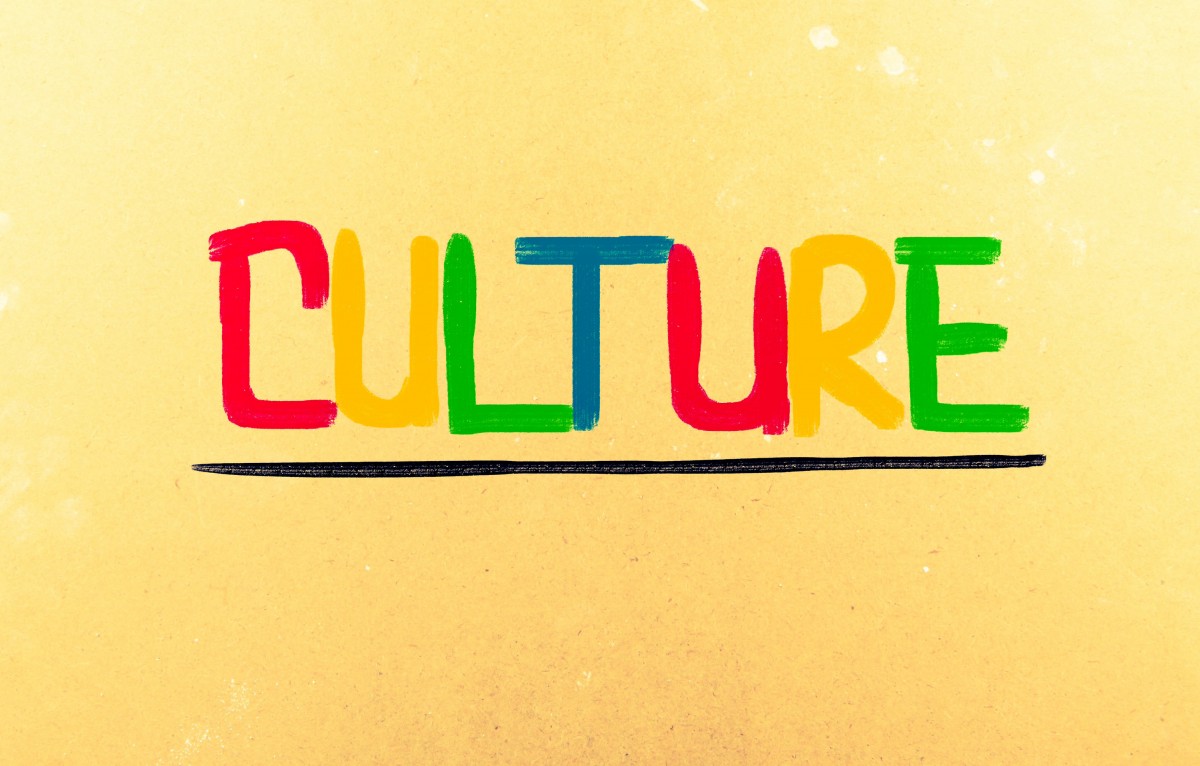13 January 2015
James Young, let us say, married Margaret Martin in 1810 in Pennsylvania, according to a pastor's daybook in the local university archives. (The names are fictitious, so don't rush off now to comb all your favorite online databases for Pennsylvania.)
You have found no Pennsylvania record for the couple thereafter. Margaret's father died intestate in 1825. One affidavit filed in the probate of his estate lists Margaret as a daughter of the deceased and adds "gone with her husband to Louisiana or Texas." You have spent years searching for the couple in surviving records of both states but nowhere can you find, there, a couple named James and Margaret Young.
What might you have done wrong or overlooked?
If your mind turns immediately to sources, let's shift it. Strategies are equally important. The list of potential sources is endless and none of them might solve your problem unless you consider culture, the effect that culture has upon your search, and the strategy changes that entails.
Most of us, particularly if we are U.S.-based researchers, are rooted in one way of thinking about issues key to this problem. The couple we're seeking may have also shared that thinking. However, we have "lost" them in a different world and we have to consider the customs of that world if we are to find them—particularly these two customs.
1. In the early years of both Louisiana and Texas, French and Spanish were the common languages of record. The names of newcomers of a different ethnicity were often translated or otherwise converted into a French or Spanish equivalent. The spelling may be phonetic as well, especially if the couple we are seeking were not fluent in the language of the new locale or could not read or write. Consequently, while we may have been diligently searching for "James Young," he may be there as Jacques LeJeune, Diego Joven, or Gime L'Anglais. (Have you figured out this last one, yet? He was "Jimmy, the Englishman.")
2. In both Louisiana and Texas, as well as other regions of America originally settled by the French and Spanish (all across the Gulf, up the Mississippi Valley, and across the Southwest) married women traditionally kept their maiden name. After Americanization, the custom continued inconsistently for several decades. And so, while you've been combing the databases and indexes for references to "Margaret Young," she may be there under her maiden name: Margaret Martin.
PHOTOCREDIT: "Culture Concept," CanStockPhoto (http://www.canstockphoto.com/images-photos/cultural-differences.html#file_view.php?id=21282582: downloaded 5 December 2014), uploaded 1 August 2014 by Nevenova; used under license.